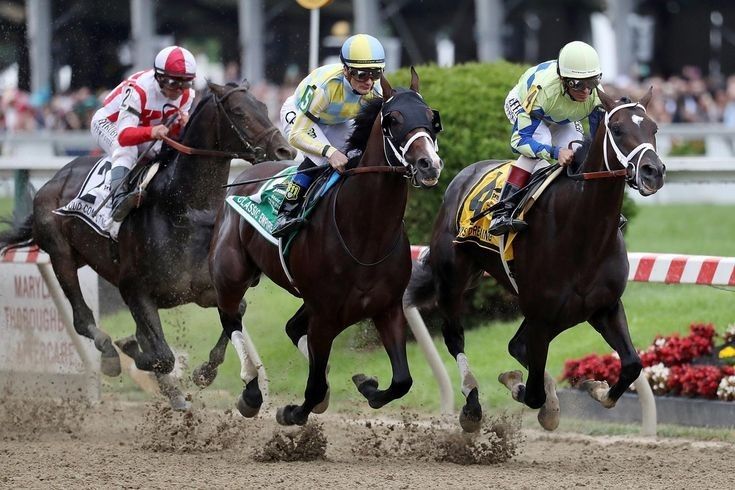Understanding Jump Racing
Jump racing, encompassing steeplechases and hurdle races, offers a unique betting landscape compared to flat racing. Horses must navigate obstacles, manage stamina over longer distances, and maintain rhythm throughout the course. These additional challenges introduce variability, making jump racing both exciting and complex for bettors. To gain an edge, it’s essential to understand the nuances of these best horse racing betting sites and develop strategies tailored to their demands.
Key Differences Between Hurdles and Steeplechases
-
Hurdles – Generally shorter and with lower obstacles, hurdle races emphasize speed, agility, and rhythm. Horses must clear jumps efficiently while maintaining pace over middle distances.
-
Steeplechases – Featuring higher fences and longer distances, steeplechases test stamina, jumping ability, and experience. Mistakes over fences can be costly, and course familiarity becomes critical.
Recognizing the distinctions between these race types is crucial when analyzing horses and developing betting strategies.
Factors to Consider in Jump Betting
-
Jumping Ability – Success in jump racing depends as much on technique as speed. Horses with a consistent record of clean jumps and minimal mistakes have a significant advantage.
-
Stamina and Distance Suitability – Jump races are longer than most flat races. Evaluate a horse’s past performances over similar distances and their ability to maintain form in the latter stages.
-
Course Experience – Horses familiar with a particular track or course type often perform better. Local knowledge, such as fence positioning or track undulations, can influence outcomes.
-
Ground Conditions – Soft or heavy ground increases fatigue and can cause errors. Assess past performances under similar track conditions to gauge adaptability.
-
Trainer and Jockey Expertise – Experienced trainers and jockeys specializing in jump racing can dramatically improve a horse’s chances, particularly in complex steeplechases.
Betting Strategies for Jump Racing
1. Focus on Proven Jumpers
Prioritize horses with clean jumping records and experience at the relevant distance. Mistakes over fences or hurdles are costly, making reliability a key factor in predicting performance.
2. Assess Stamina Over Speed
Unlike flat racing, stamina often outweighs raw speed. Horses that can sustain energy for the entire course, especially in steeplechases, are more likely to finish strongly and secure value bets.
3. Consider Track-Specific Trends
Some courses favor front-runners, while others suit late closers. Evaluate pace dynamics, fence placement, and past results at the track to identify advantageous positioning.
4. Analyze Market Odds for Value
Jump racing markets can be slower to adjust, creating opportunities to find value on underestimated horses, particularly those with strong jumping technique or favorable conditions. Avoid overbetting favorites without considering factors like stamina and jumping reliability.
5. Combine Observations with Records
Watching horses in the paddock and warm-ups provides insight into confidence, fitness, and temperament. Combine these observations with historical data to form well-rounded selections.


